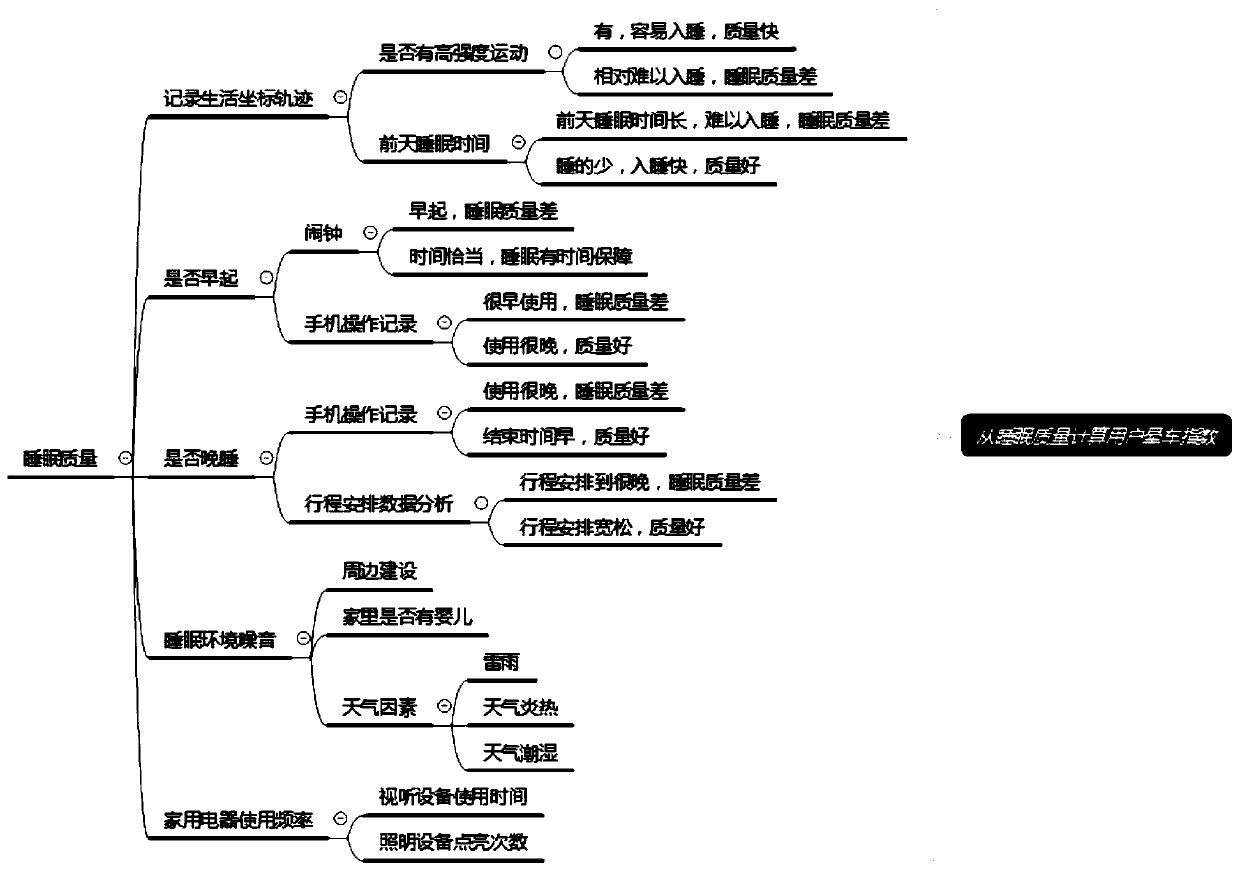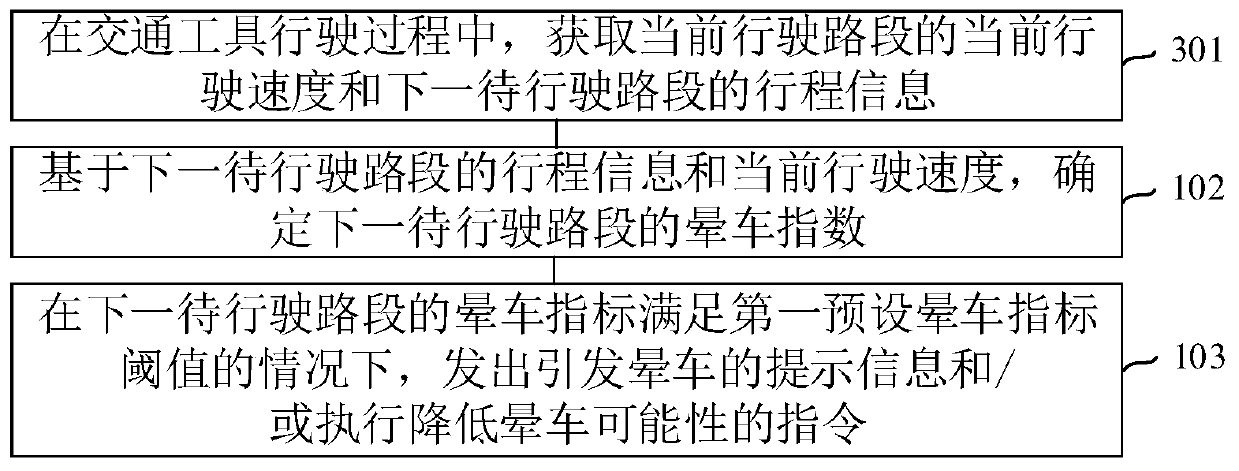Route recommendation method and electronic equipment
A technology for electronic equipment and route recommendation, applied in the field of communication, can solve problems such as motion sickness, and achieve the effect of improving the driving experience
- Summary
- Abstract
- Description
- Claims
- Application Information
AI Technical Summary
Problems solved by technology
Method used
Image
Examples
Embodiment Construction
[0025] The following will clearly and completely describe the technical solutions in the embodiments of the present invention with reference to the accompanying drawings in the embodiments of the present invention. Obviously, the described embodiments are some of the embodiments of the present invention, but not all of them. Based on the embodiments of the present invention, all other embodiments obtained by persons of ordinary skill in the art without creative efforts fall within the protection scope of the present invention.
[0026] figure 1 It is a flowchart of a route recommendation method provided by an embodiment of the present invention. like figure 1 As shown, the route recommendation method includes:
[0027] Step 101: Obtain the itinerary information of each preset route among multiple preset routes;
[0028] Step 102: Determine the motion sickness index of each preset route according to the travel information of each preset route;
[0029] Step 103: Recommendin...
PUM
 Login to View More
Login to View More Abstract
Description
Claims
Application Information
 Login to View More
Login to View More - R&D
- Intellectual Property
- Life Sciences
- Materials
- Tech Scout
- Unparalleled Data Quality
- Higher Quality Content
- 60% Fewer Hallucinations
Browse by: Latest US Patents, China's latest patents, Technical Efficacy Thesaurus, Application Domain, Technology Topic, Popular Technical Reports.
© 2025 PatSnap. All rights reserved.Legal|Privacy policy|Modern Slavery Act Transparency Statement|Sitemap|About US| Contact US: help@patsnap.com



